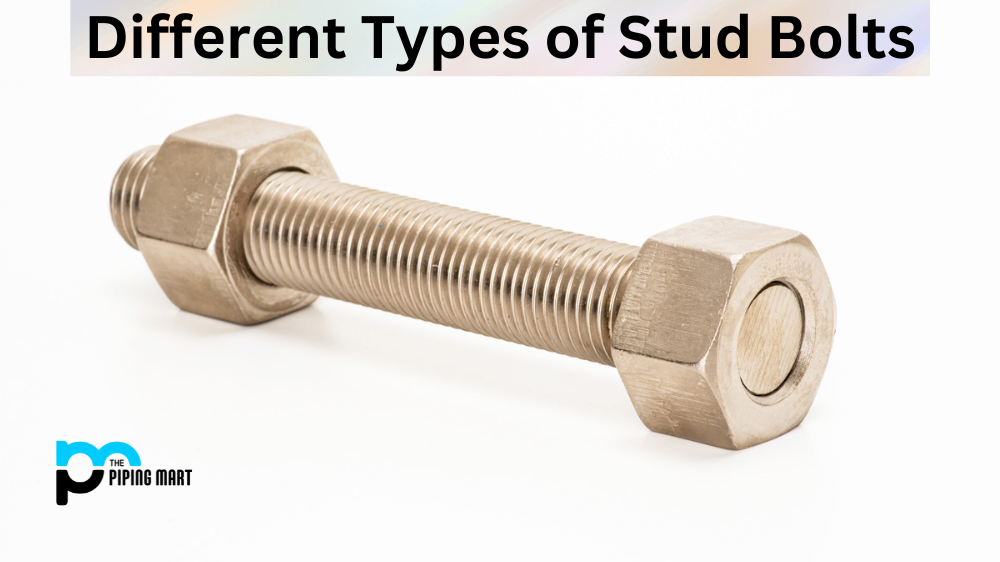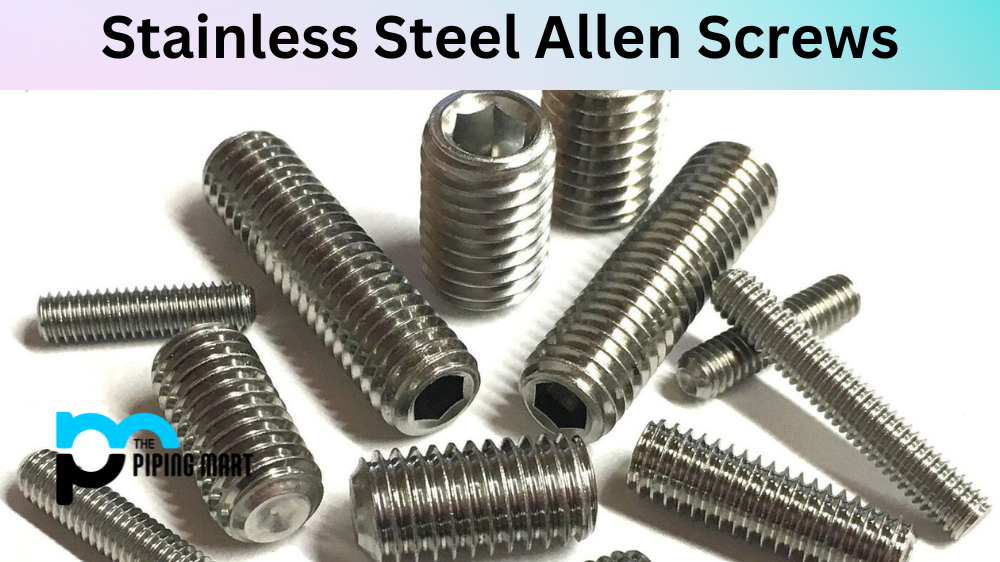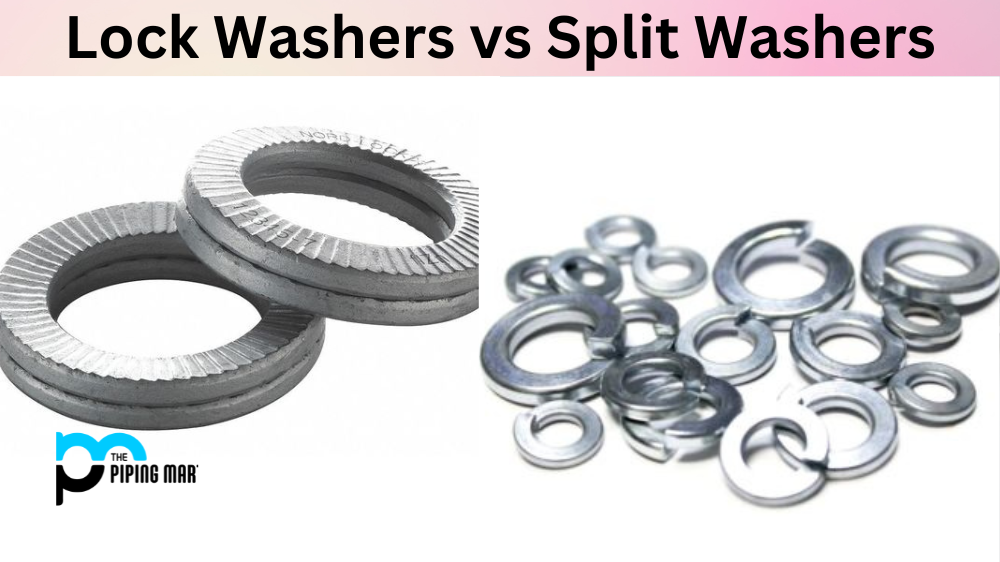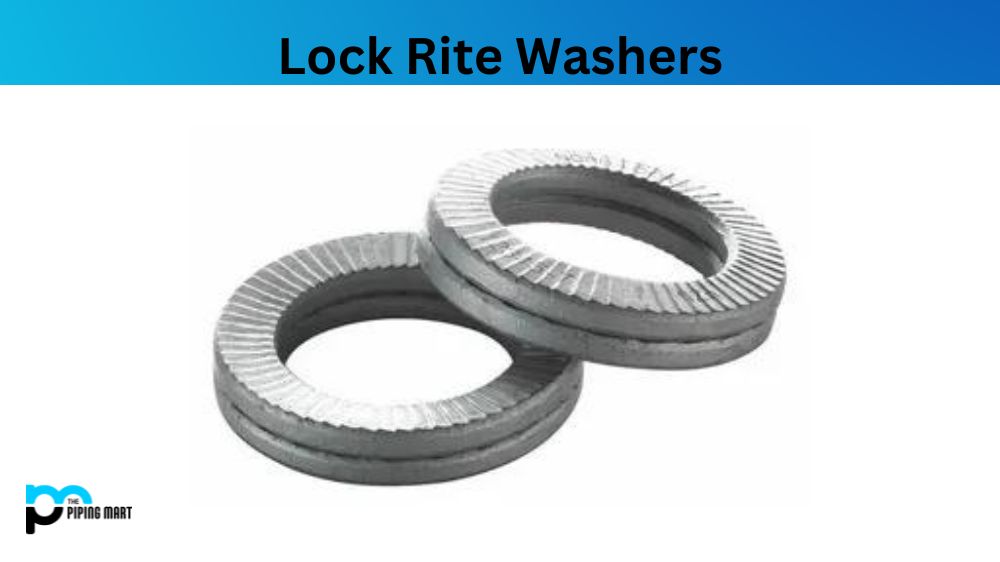If you’re looking for a reliable fastening solution, then stud bolts should be at the top of your list. Stud bolts are threaded fasteners with two distinct ends – one end is threaded, and the other end is a head or a nut. This makes them ideal for assembling components or joining objects together. But what types of stud bolts are there? Let’s take a look.
Types of Stud Bolt
Full Threaded Stud Bolt
These stud bolts feature threads on both ends, allowing them to be used with either nuts or tapped holes. The full thread provides maximum contact between the bolt and tapped hole, reducing stress concentrations and increasing strength. These robust fasteners offer excellent vibration resistance as well as good sealing performance in both low and high-pressure systems. Additionally, they can withstand high temperatures making them suitable for use in many industries such as chemical processing, petrochemical and gas production, power generation, oil exploration, and more.
Tap End Stud Bolts
When working on a project that requires fastening two objects together, it’s important to use high-quality bolts that can withstand even the toughest conditions. That’s where tap end stud bolts come in. These unique bolts are designed to have threads on both ends, making them incredibly versatile and perfect for a variety of applications. Not only do they offer superior strength and reliability, but they’re also easy to install and remove with just a few simple tools. Whether you’re working on a construction project or simply need to fasten two objects together securely, tap end stud bolts are an excellent choice. Trust us, you won’t be disappointed!
Partially Threaded Stud Bolt
These stud bolts have one end that is unthreaded and another that is fully threaded. This design allows for greater control over the length of each bolt since manufacturers can determine how long each bolt will be by cutting off any unnecessary threading on either end, depending on the application requirements. Partially threaded studs also provide greater tensile strength compared to their fully-threaded counterparts as well as improved fatigue resistance due to their shorter length, which reduces vibration when in use. They are typically used in applications where space is limited, or an exact length needs to be maintained to ensure proper installation and working order.
Continuous Threaded Stud Bolts
Continuous threaded stud bolts are a critical component of many industrial applications. These bolts are designed to provide a secure, reliable connection between two parts and are commonly used in heavy machinery, construction equipment, and other areas where strength and durability are critical. With their continuous thread design, these bolts can be used in a wide range of applications, from simple construction projects to complex industrial settings where precision is key. Choosing the right continuous threaded stud bolt is essential to ensure that your project is successful, and with the help of an experienced supplier, you can find the perfect bolt for your needs. Whether you’re building a bridge, constructing a building, or working on a machine, you can rely on continuous threaded stud bolts to provide the strength and stability you need to get the job done right.
Double Ended Stud
These studs feature two heads at opposite ends instead of one head, and one nut like most traditional studs do. The double-ended design eliminates the need for additional nuts during assembly, which makes them easier to install than traditional single-ended studs while also providing a stronger connection between two pieces of hardware due to their increased contact area. They are often used in applications where extra strength or stability is needed, such as automotive engines or machine frames since they provide superior tensile strength compared to single-ended studs thanks to their larger diameter threads on both ends, which helps spread out any forces placed upon them when in use more evenly across the entire surface area of each head rather than just along one side like with single-ended studs only having threads along one side would cause. Additionally, double-ended studs can accommodate larger loads from heavier equipment due to their increased thread count compared to single-ended ones, which means more force can be applied during installation without worrying about stripping out threads on either end due to excessive torque being applied during the assembly process.
Conclusion:
Stud bolts come in various shapes and sizes, so it’s important that you choose the right type for your particular application needs, whether it’s full threading, partial threading, or double-ended, in order to ensure that your work will remain secure over time and won’t fail under pressure when put into operation. While all three types offer great advantages depending on your project requirements, knowing which type will work best for you can help save time during installation while still providing superior results every time!

A passionate metal industry expert and blogger. With over 5 years of experience in the field, Palak brings a wealth of knowledge and insight to her writing. Whether discussing the latest trends in the metal industry or sharing tips, she is dedicated to helping others succeed in the metal industry.




